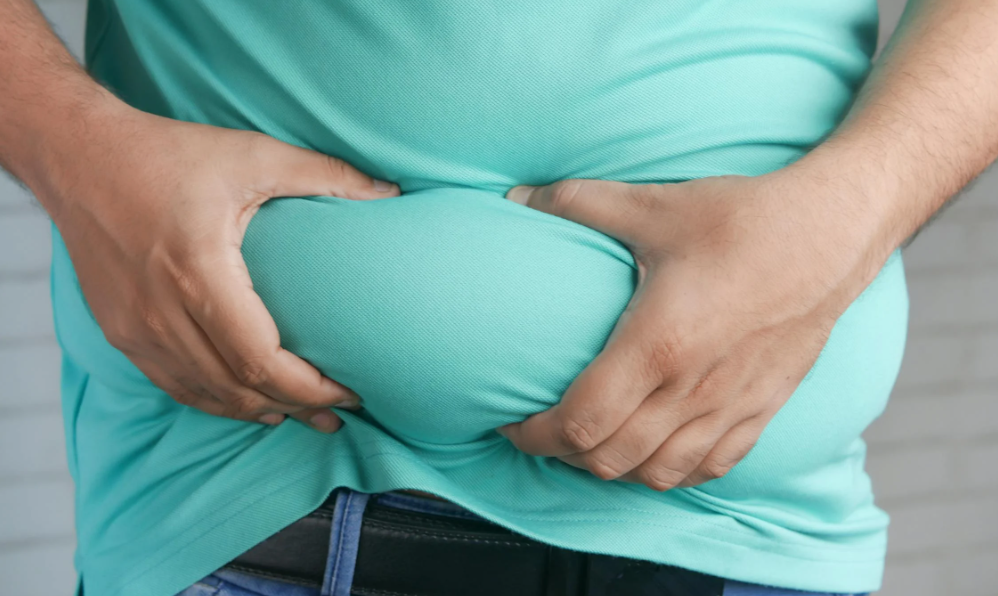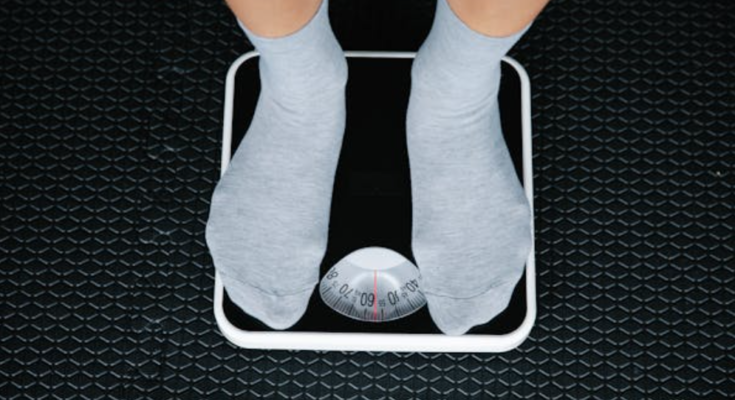Introduction
Losing weight is a life-changing event. Whether you have shed a few pounds or made a major health shift that led to significant weight loss, the benefits now are better health, better energy, and your old/new self. One common outcome of many weight loss journeys, though, is loose or sagging skin.
Extra skin sometimes feels like a bitter reward after all the hard work you put in. It may affect your self-esteem, restrict clothing options, or even cause physical problems and skin issues like rashes or infections. The good news? Loose skin is a problem you don’t have to simply take without options. If you do your research, prepare properly, and have the right tools, you could decrease your chance of loose skin and implement some things to support your skin as it tightens and adjusts to your new body.
This comprehensive guide will cover everything you need to know about loose skin, including what causes it, how to prevent it, and some natural and medical interventions that might help. Whether you are just starting your weight loss journey or you have already lost weight, this guide will provide you with the framework to move forward with confidence.
What Causes Loose Skin After Weight Loss?
It is essential to comprehend why loose skin occurs before determining how to reduce or prevent it. Your skin stretches to accommodate weight gain because it is a highly elastic organ. But when you lose a lot of weight, especially quickly, your skin may not have enough elasticity to shrink back to fit your new body shape.
The Main Causes of Loose Skin:
- How much weight you’ve lost
The more weight you lose, especially over 50–100 pounds, the more likely you are to experience loose skin.
2. How quickly do you lose weight?
Your skin doesn’t get time to adjust when you lose weight quickly. Crash diets and extreme calorie restrictions can lead to muscle loss, which worsens skin sagging.
3. Age
Collagen and elastin, two essential proteins for firmness and elasticity, are produced less by the skin as we get older.
4. Genetics
Some people naturally have more elastic skin. Your genes play a significant role in how your skin responds to weight loss.
5.Sun Exposure
Prolonged sun damage can break down collagen and elastin, decreasing skin elasticity.
6. Smoking
Smoking reduces blood flow to the skin, decreases collagen production, and speeds up aging—all factors that reduce skin’s ability to bounce back.
Consequences of Being Overweight Your skin is more likely to have lost some of its elasticity the longer it has been stretched.
Should You Attempt to Prevent Loose Skin While Trying To Lose Weight?
Yes! While it may not be entirely preventable, there are many ways you can minimize loose skin during and after you lose weight.
1. Lose Weight Slowly
Try to aim to 1-2 pounds a week. This allows time for your skin to adjust to your body and shrink.
2. Strength Training
Increasing lean muscle mass can round out your frame and minimize the appearance of loose skin. Try to include resistance training at least two or three times per week.
3. Stay Hydrated
Being properly hydrated helps maintain skin elasticity. Aim for at least 8 cups of water a day, and more if you’re physically active.
4. Eat a Nutrient Dense Die
There are some necessary nutrients for healthy skin that may aid in resolution:
- Protein (necessary for collagen and elastin)
- Vitamin C (needed for collagen formation) Vitamin A and E (skin healing and protection)
- Omega-3 fatty acids (integrity of skin)
- Eat whole foods like fish, nuts, fruits, vegetables and eggs.
5. Avoid Crash Diets
You may experience a lot of weight loss from a severe diet with extreme caloric restriction and severe muscle wasting, both of which are detrimental to loose skin.
Natural Methods of Tightening Loose Skin after Weight Loss
If you are experiencing loose skin there is no need to panic, there are a few natural therapies and methods you can try before you consider going under the knife.
- Build Muscle
Continue to strength train, your goal should be to replace lost fat with muscle. Sometimes just simply adding muscle can help reduce the appearance of loose skin, this worked great for my arms, thighs, and abdomen.
- Massage
Regular massages can increase circulation, aid in lymphatic drainage, and support fibroblasts. Fibroblasts are responsible for making collagen and elastin.
- Dry Brushing
This is done by using a natural bristle brush and brushing (in circular motions) your skin. This can enhance circulation and may help stimulate the skin tp tighten over time.
- Collagen Supplements
Hydrolyzed collagen peptides are absorbed very easily into the body and have the potential to help improve skin elasticity. Studies have shown that daily dosage for a period of 8–12 weeks could produce noticeable improvements.
- Skin Firming Creams
Look for skin firming creams that contains:
- Retinoids
- Vitamin C
- Hyaluronic Acid
- Peptides
Skin firming creams may not do much on their own, but when used with other methods, there may be some benefit.
- Stay Moisturized
Coconut oil, shea butter, or aloe vera will keep skin hydrated, plump, and healthy, reducing skin from looking saggy.
When to Explore Medical Treatment Possibilities for Loose Skin?
Some people, especially after large amounts of weight loss (e.g. post-bariatric surgical weight loss), may need more than just natural treatments. When that happens, remember that medical and surgical options may be helpful.
Non-Invasive Treatments:
1. Radiofrequency Therapy (RF)
RF uses energy waves to generate heat deep in your skin to promote collagen production.
2. Ultrasound Skin Tightening
Similar to RF, except it uses ultrasound energy. This treatment is often used on facial sagging.
3. Laser Skin Tightening
Laser energy will stimulate collagen and elastin through controlled laser energy. This treatment has relatively little downtime.
4.Microneedling
Microneedling use very small needles to pierce the skin to induce collagen production. Microneedling is effective for mild to moderate sagging.
Invasive Treatments
If you have so much loose skin that it is considered significant, surgery may be the only option to remove excess tissue.
- Panniculectomy – This surgery removes the skin that hangs from the lower abdomen.
- Body lift – This surgery will tighten loose skin around the midsection.
- Thigh Lift, Arm Lift, Face Lift – These surgeries target loose skin in specific areas of the body.
- Tummy tuck (Abdominoplasty) – A tummy tuck will remove fat and skin, your doctor can also tighten the muscles.
NOTE: Always consult a board-certified plastic surgeon. Surgery is an option, and can be effective, but it has risks, scars, and recovery time.
Realistic Expectations: What Can Be Achieved and What Can’t
It is essential to manage expectations. You will be able to significantly improve the appearance of loose skin through a healthy lifestyle as well as treatments but total skin retraction is often unrealistic—particularly following serious weight loss.
That being said, many people are able to make significant gains through:
- Strength training + collagen supplementation
- Non-invasive treatments
- Healthy skin care & diet
What is most important is to celebrate your progress towards health and not let loose skin identify your transformation.
FAQs: Frequently Asked Questions About Loose Skin Following Weight Loss
Q1: How long does it take for skin to tighten after losing weight?
This varies based on your age, how much weight you lost, and how elastic your skin is. If you have lost a moderate amount of weight, you may find that your skin tightens over the course of several months. More significant losses may to necessitate a medical intervention.
Q2: Does exercising tighten loose skin after losing weight?
Exercising, particularly strength training, can help build muscle that “fills in” loose skin. This is one of the best natural methods to improve skin appearance.
Q3: Do collagen supplements actually help?
Yes. Hydrolyzed collagen peptides in particular can be helpful when taken consistently for 8–12 weeks. Taking vitamin C with it will also improve absorption.
Q4: Will loose skin resolve if I continue to lose weight?
Not likely. Continued weight loss will may create worse sagging. Instead, focus on maintaing the weight goal you are at and working on building muscle.
Final Thoughts:
Appreciate the Process
Loose skin can be a consequence of weight loss—but it is also a representation of your progress, hard work and body changing. It’s ok to want to look a specific way, and there are many methods to being able to tighten that skin with real evidence and science behind it—and enhance your confidence with your body.
Focus on what you can control—that is strength training, proper nutrition, hydration, skincare routine, etc. But also remember, this journey isn’t only about how you look (and don’t get me wrong, it can be flippin’ nice) but more about being able to be healthy, live longer and see you have an ability to change, grow and believe in yourself.
If you feel that you need to pursue options through dermatologists or plastic surgeons for advanced treatments, then by all means go for it! However, most importantly, be proud of where you were and where you are now.
Did you experience loose skin after weight loss? How to did you manage? Let us know in the comments below and let others know what made the biggest difference for you.





